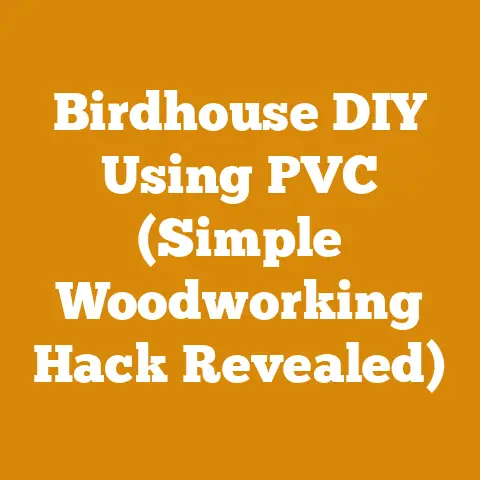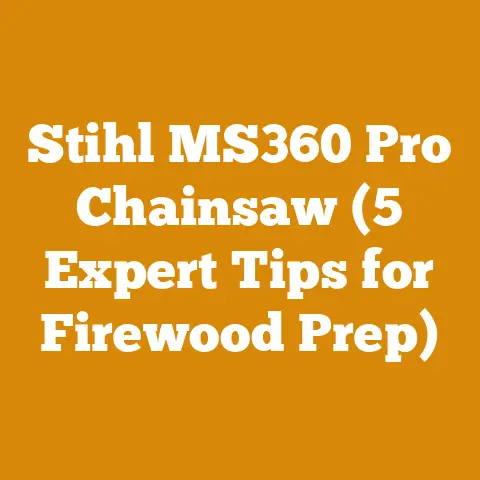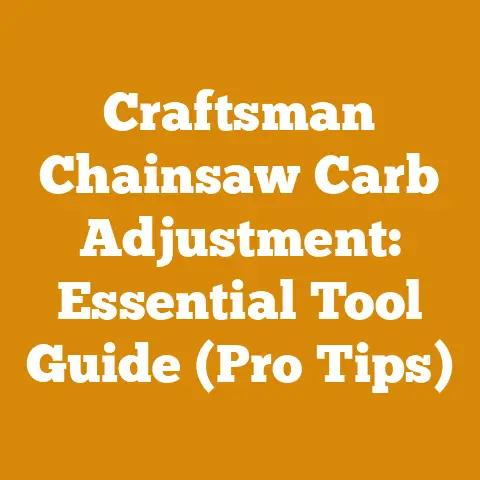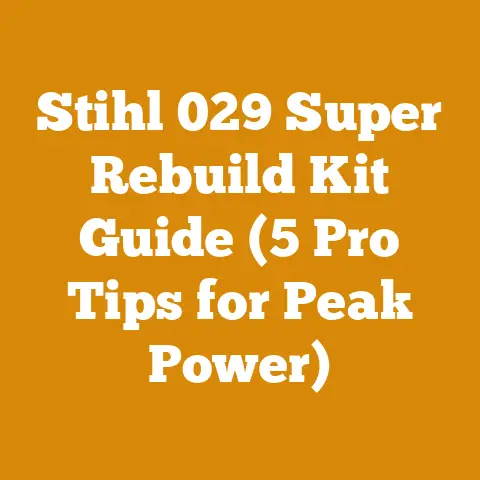Fireplace Insert in Prefab Fireplace (5 Expert Tips for Safety)
Fireplace Insert in Prefab Fireplace: 5 Expert Tips for Safety and Resale Value
As a seasoned woodworker and someone who’s spent a lifetime around fireplaces, I’ve seen firsthand how a well-chosen fireplace insert can transform a room.
But before you start dreaming of cozy nights and crackling fires, let’s talk about something even more important: safety.
And believe me, getting this right isn’t just about peace of mind; it significantly impacts your home’s resale value.
A safe and efficient fireplace insert is a major selling point, while a poorly installed one can be a red flag for potential buyers.
I’ve seen it time and again – homeowners cutting corners, leading to dangerous situations and costly repairs.
My aim here is to guide you through the process of safely installing a fireplace insert in a prefabricated (prefab) fireplace, ensuring you avoid common pitfalls and maximize the benefits.
These tips are drawn from years of experience, not just textbook knowledge.
1. The Crucial Compatibility Check: Knowing Your Fireplace
The first, and arguably most important, step is determining if your prefab fireplace is even compatible with a fireplace insert.
This isn’t a simple yes or no answer; it requires careful investigation.
Understanding Prefab Fireplaces: Prefab fireplaces, also known as factory-built fireplaces, are designed and tested as a complete system.
They’re typically lighter and less expensive than masonry fireplaces but have specific design limitations.The Listing Label is Key: Look for a metal plate or label, usually located inside the firebox or behind the louvers of your fireplace.
This label provides crucial information about the fireplace’s model number, manufacturer, and most importantly, whether it is approved for use with a fireplace insert.
This is not optional; it’s a fundamental safety requirement. If the label doesn’t explicitly state that inserts are approved, do not proceed.Why It Matters: Installing an insert into an unapproved prefab fireplace can lead to dangerous overheating, chimney fires, and even structural damage to your home.
The prefab fireplace is designed to radiate heat in a specific way; an insert changes this dynamic.My Experience: I once helped a friend who thought he was saving money by installing an insert in his prefab fireplace without checking the listing.
A year later, he had to replace the entire fireplace system – and part of his living room wall – due to heat damage.
The cost far outweighed the initial savings.Data Point: According to the National Fire Protection Association (NFPA), heating equipment is a leading cause of home fires in the United States.
A significant portion of these fires are attributed to improper installation and maintenance of heating appliances, including fireplace inserts.Actionable Steps:
- Locate the listing label: Don’t guess; find the official documentation.
- Record the model number and manufacturer: You’ll need this information to research compatible inserts.
- Contact the manufacturer (if possible): If the label is unclear or you need clarification, contact the fireplace manufacturer directly.
Many have online resources or customer service departments that can help. - Consult a qualified professional: A certified chimney sweep or NFI (National Fireplace Institute) certified installer can assess your fireplace and provide expert advice.
Technical Specification: Ensure the insert’s BTU (British Thermal Unit) rating is appropriate for your fireplace’s firebox size.
An oversized insert can overheat the system, while an undersized one may not provide adequate heat.
2. Insert Selection: Size, Efficiency, and Safety Certifications
Choosing the right insert is about more than just aesthetics.
It’s about finding a unit that’s properly sized, efficient, and meets stringent safety standards.
Sizing Matters: An insert that’s too large can overwhelm the fireplace and create excessive heat, potentially damaging the fireplace structure and increasing the risk of fire.
An insert that’s too small won’t provide adequate heat.Firebox Dimensions: Carefully measure the interior dimensions of your firebox (width, height, and depth).
Compare these measurements to the insert manufacturer’s specifications.
Leave adequate clearance around the insert for proper ventilation and heat dissipation.Efficiency Ratings: Look for inserts with high efficiency ratings (measured in percentages).
A more efficient insert will burn less wood and produce more heat, saving you money and reducing emissions.
EPA-certified inserts are required in many areas.Safety Certifications: Ensure the insert is tested and certified by a reputable testing laboratory, such as UL (Underwriters Laboratories) or CSA (Canadian Standards Association).
These certifications indicate that the insert meets established safety standards.My Insight: I’ve seen people get caught up in the look of an insert and completely ignore the size requirements.
It’s like trying to fit a square peg in a round hole – it just doesn’t work, and it’s dangerous.-
Data Point: According to the EPA, certified wood stoves and inserts can reduce particulate matter emissions by up to 70% compared to older, non-certified models.
Actionable Steps:
- Accurate Measurements: Use a measuring tape to get precise measurements of your firebox.
Double-check your work. - Compare Specifications: Carefully compare the insert manufacturer’s specifications to your firebox measurements.
- Check Certifications: Verify that the insert is certified by a reputable testing laboratory.
- Read Reviews: Research online reviews from other users to get an idea of the insert’s performance and reliability.
- Accurate Measurements: Use a measuring tape to get precise measurements of your firebox.
Technical Specification: The insert should have a close-fitting door and gaskets to prevent air leakage and ensure efficient combustion.
Consider models with thermostatic controls for consistent heat output.
3. Professional Installation: Don’t DIY if You’re Unsure
While some homeowners may be tempted to install a fireplace insert themselves, I strongly recommend hiring a qualified professional.
This isn’t a job for amateurs.
-
Why Professional Installation is Essential: Proper installation ensures that the insert is correctly connected to the chimney, that clearances are maintained, and that all safety requirements are met.
Certified Installers: Look for installers who are certified by the NFI (National Fireplace Institute) or have equivalent credentials.
These certifications demonstrate that the installer has the knowledge and experience to install the insert safely and correctly.-
Code Compliance: A professional installer will be familiar with local building codes and regulations, ensuring that the installation meets all requirements.
My Cautionary Tale: I once witnessed a DIY installation where the homeowner failed to properly connect the insert to the chimney liner.
The result was a smoky house and a potentially dangerous carbon monoxide buildup.-
Data Point: Studies have shown that professionally installed fireplace inserts are significantly less likely to cause fires or carbon monoxide poisoning than those installed by homeowners.
-
Actionable Steps:
- Get Multiple Quotes: Obtain quotes from several qualified installers.
- Check References: Ask for references and check the installer’s online reviews.
- Verify Credentials: Ensure the installer is properly certified and licensed.
- Review the Contract: Carefully review the installation contract before signing.
Technical Specification: The installer should use appropriate sealing materials to prevent air leaks and ensure a tight connection between the insert and the chimney liner.
The chimney liner should be properly sized for the insert and meet local building codes.
4. Chimney Liner: The Lifeline of Your System
The chimney liner is a critical component of a safe and efficient fireplace insert system.
It protects the chimney structure from heat and corrosive byproducts of combustion, and it ensures that exhaust gases are properly vented to the outside.
Why a Liner is Necessary: Prefab fireplaces are often designed with lightweight metal chimneys that are not suitable for the high temperatures and corrosive gases produced by wood-burning inserts.
A chimney liner provides a protective barrier.Types of Liners: Stainless steel liners are the most common and durable option.
They are available in flexible and rigid sections, depending on the chimney’s configuration.Sizing the Liner: The liner must be properly sized for the insert.
An undersized liner can restrict airflow and lead to incomplete combustion, while an oversized liner can cool the exhaust gases too quickly, leading to creosote buildup.My Recommendation: Always opt for a stainless steel liner that is specifically designed for use with wood-burning appliances.
Don’t cut corners on this critical component.-
Data Point: The Chimney Safety Institute of America (CSIA) recommends that all wood-burning appliances be connected to a properly sized and installed chimney liner.
-
Actionable Steps:
- Consult a Professional: A qualified chimney sweep can inspect your chimney and recommend the appropriate liner size and type.
- Choose Stainless Steel: Opt for a stainless steel liner for maximum durability and corrosion resistance.
- Ensure Proper Installation: The liner must be properly installed and sealed to prevent leaks.
Technical Specification: The liner should be insulated to reduce heat loss and prevent creosote buildup.
The insulation should be non-combustible and meet local building codes.
5. Fuel and Maintenance: The Long-Term Game
Even the best fireplace insert will perform poorly if you don’t use the right fuel and maintain it properly.
Seasoned Firewood is Key: Use only seasoned firewood that has been air-dried for at least six months, preferably longer.
Seasoned wood has a moisture content of 20% or less.Why Seasoned Wood Matters: Burning wet or green wood produces excessive smoke, creosote, and particulate matter.
It also reduces the insert’s efficiency and can damage the chimney.-
Wood Species: Hardwoods like oak, maple, and ash are denser than softwoods like pine and fir, and they provide more heat per unit volume.
Regular Cleaning: Have your chimney inspected and cleaned annually by a qualified chimney sweep.
This will remove creosote buildup and ensure that the chimney is functioning properly.My Observation: I’ve seen homeowners ruin their fireplace inserts by burning trash, treated wood, or other inappropriate materials.
This can damage the insert and create hazardous emissions.Data Point: The EPA recommends burning only seasoned firewood in wood-burning appliances.
Burning unseasoned wood can increase particulate matter emissions by up to 50%.-
Actionable Steps:
- Measure Moisture Content: Use a moisture meter to check the moisture content of your firewood.
- Store Wood Properly: Store firewood in a dry, well-ventilated area.
- Schedule Annual Inspections: Have your chimney inspected and cleaned annually by a qualified chimney sweep.
- Follow Manufacturer’s Instructions: Follow the insert manufacturer’s instructions for operation and maintenance.
Technical Specification: Creosote is a flammable byproduct of wood combustion that can accumulate in the chimney.
Regular cleaning is essential to prevent chimney fires.
The chimney sweep should use appropriate tools and techniques to remove creosote without damaging the chimney liner.
Beyond the Basics: Adding Value and Safety
Here are some additional considerations to boost the safety and value of your fireplace insert installation:
Carbon Monoxide Detectors: Install carbon monoxide detectors on every level of your home, especially near sleeping areas.
Test the detectors regularly and replace the batteries annually.-
Smoke Detectors: Ensure that your smoke detectors are working properly.
-
Fire Extinguisher: Keep a fire extinguisher nearby and know how to use it.
-
Proper Ventilation: Ensure that your home is properly ventilated to prevent carbon monoxide buildup.
-
Backup Power: Consider installing a backup power system to operate the insert’s blower fan during power outages.
Aesthetics: Choose an insert that complements your home’s décor.
A well-designed and aesthetically pleasing insert can increase your home’s resale value.
Case Study: The Importance of Proper Liner Sizing
I once worked on a project where the homeowner had installed a fireplace insert with an undersized chimney liner.
The insert was producing excessive smoke, and the homeowner was experiencing frequent chimney fires.
After inspecting the system, I recommended replacing the liner with a larger diameter stainless steel liner.
The new liner significantly improved the insert’s performance and eliminated the chimney fire hazard.
The homeowner was amazed at the difference.
- Technical Details: The original liner was 6 inches in diameter, while the new liner was 8 inches in diameter.
The larger liner provided better airflow and reduced creosote buildup.
Wood Selection Criteria
Data represents averages and can vary based on specific species and moisture content.
Conclusion: Safety First, Enjoyment Always
Installing a fireplace insert in a prefab fireplace can be a rewarding experience, but it’s essential to prioritize safety.
By following these expert tips, you can ensure that your insert is installed correctly, operates efficiently, and provides years of safe and enjoyable warmth.
Remember, a properly installed and maintained fireplace insert not only enhances your home’s comfort but also increases its resale value.
So, take the time to do it right, and enjoy the cozy ambiance of your fireplace with peace of mind.






